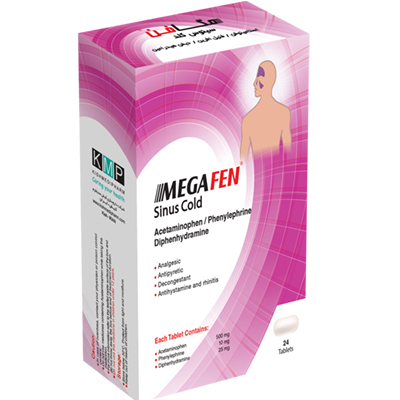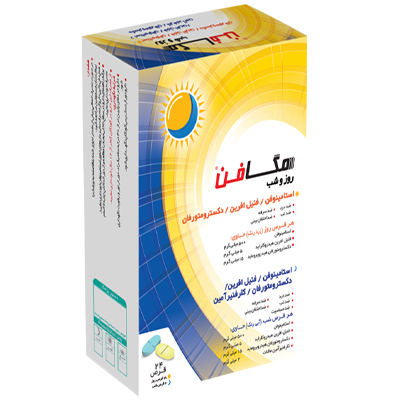Before examining and resolving any skin condition, the cause, type, and severity must first be determined. Next, we will examine the types of skin blemishes and announce methods for resolving this problem.
Types of skin blemishes
Skin pigmentation is defined as a change in skin color due to excessive production of melanin in certain areas of the skin. Skin pigmentation can vary in size, shape, color, and depth. Below I will mention some of the types of skin pigmentation.
Brown spots
These spots are formed as a result of the skin producing melanin in response to sunlight or through other means. They usually appear on areas of the skin that are most exposed to the sun, such as the face, hands, arms, and legs.
Pure stains
These spots are the result of the loss of melanin in certain areas of the skin. They are usually seen in fair skin and in areas that are less exposed to the sun, such as the back, chest, and shoulders.
Corrosion stains
These spots appear on the skin due to damage such as wounds, injuries, or inflammation. These spots may appear red and painful when the damage occurs to the skin, and later turn into brown or clear spots.
Melanotic spots
These spots are caused by increased melanin production in certain areas of the skin. They are usually seen on darker skin tones and in areas that are exposed to the sun, such as the face, hands, arms, and legs. A melanotic spot is a dark, flat spot that can be anywhere from 2 to 20 millimeters in size.
Most people over the age of 30 have this spot, but it can also occur at a younger age. Most people with melanotic spots live without pain, itching, inflammation, or other complications and do not have any specific disease.
Sunspots
These types of spots are usually caused by sun damage and excessive melanin production in the skin. They usually form on areas that are most exposed to direct sunlight, such as the face, hands, and neck.
Age spots on the skin
These types of spots are caused by aging and the natural process of the skin.
Hyperpigmentation spots
Hyperpigmentation refers to spots where there is an excess production of melanin in the skin. These spots may appear dark, brown or tan on the skin and usually occur in areas that are exposed to the sun the most, such as the face, hands, legs and neck.
Some causes of hyperpigmentation spots include:
Sunlight damage
Sunlight exposure causes hyperpigmentation spots on the skin.
Hormonal changes
Increased levels of estrogen and progesterone hormones during pregnancy, use of certain medications, and age over 40 can cause hyperpigmentation spots.
Skin irritants
The use of chemical products, skin damage, and skin grinders can cause hyperpigmentation spots.
Some skin diseases
Some skin conditions, such as psoriasis and eczema, may cause hyperpigmentation spots.
Genetics
Some people are more likely to develop hyperpigmentation spots due to their genetics.
Age spots
Age spots, or sun spots, are a type of skin discoloration that results from sun damage to the skin over time. They are one of the most common types of skin discolorations and usually appear as dark, tanned patches on the skin in people over the age of 50. They are caused by a decrease in collagen and elastin production in the skin, as well as the natural aging of the skin.
Age spots usually appear on areas of the skin that are most exposed to the sun, such as the face, hands, feet, and neck. Factors such as demographics, genetics, health status, diet, and smoking can all contribute to the development of age spots.
Most age spots are not considered a health hazard and are more common in people due to gender and age. However, if age spots are accompanied by other symptoms, such as itching, burning, inflammation, or changes in their shape or color, it is best to see your doctor for an evaluation.
Are skin blemishes dangerous?
Generally, skin spots are not dangerous and are just a cosmetic problem. However, in some cases, skin spots may be a sign of a serious condition. For example:
- Skin spots that have suddenly increased in size, have an unusual texture, or are accompanied by itching, inflammation, and pain.
- Skin spots that appear suddenly and change shape, size, and color.
- Skin spots that are located on areas of the skin that are most exposed to the sun, such as the face, hands, arms, and legs.
- Skin spots that are accompanied by other complications, such as skin damage, itching, pain, bleeding, skin redness, etc.
If you have any of these symptoms, it is best to see your doctor to receive an accurate diagnosis and appropriate treatment.

Diseases that may cause spots on the skin
Skin spots may be a sign of various conditions, including external factors such as sunlight, skin damage, and internal factors such as hormonal disorders, skin diseases, and other conditions that affect the skin. Some of the conditions that can cause skin spots to appear include:
- Cancer: Some types of skin cancer, such as large cell carcinoma, can cause skin spots to appear.
- Lupus: This immune disease can cause skin spots to appear in areas such as the face, neck, and hands.
- Hepatitis: Some types of hepatitis, such as hepatitis B and C, can cause skin spots to appear all over the body.
- Kidney disease: Diseases such as celiac disease can cause skin spots to appear all over the body.
- Diabetes: People with diabetes may develop skin spots known as diabetic retinopathy.
- Skin diseases: Some types of skin diseases, such as psoriasis, eczema, and lupus, can cause skin spots to appear.

Methods for removing skin blemishes
There are various methods for removing skin blemishes, depending on the type of blemishes and their severity. Here are some common methods for removing skin blemishes:
Skin lightening creams
Some skin lightening creams, such as hydroquinone, azelaic acid, vitamin C, and kojic acid, can help reduce skin blemishes. However, it is best to consult your doctor first before using these creams.
Laser
Laser is one of the effective methods for removing skin blemishes. In this method, laser light is directly shone on the skin and removes the skin blemishes.
Sunscreens
Using sunscreen can help reduce the appearance of sun-induced skin blemishes. For best results, use a sunscreen with a high SPF and appropriate for your skin type.
Peeling
Peeling is another effective method for removing skin blemishes. In this method, the outer layer of the skin is exfoliated using special chemicals, which removes skin blemishes.
Microneedling
Microneedling is a new method for removing skin blemishes that uses very fine needles to significantly tighten the outer layer of the skin and reduce skin blemishes.
Using creams and lotions containing tretinoin and hydroquinone
Tretinoin is a derivative of vitamin A and hydroquinone is a bleaching agent that can be effective in reducing dark spots, skin blemishes, and also reducing melanin production. Since these are part of the drug category and are not suitable for all people, including pregnant and breastfeeding women, they must be used under the supervision of a specialist. One of the great ingredients for removing skin blemishes is using cream Acronomys It is under the supervision of a doctor.
Using products containing aloe vera extract
Aloe vera extract can help strengthen skin texture and is effective in reducing skin blemishes. You can use creams, gels, and lotions containing aloe vera extract.
Use products containing vitamin E
Vitamin E is a powerful antioxidant that helps the skin resist environmental damage and is effective in reducing skin blemishes. You can use foods such as almonds, nuts, leafy greens, and vegetable oils to consume vitamin E.
Using products containing herbal extracts
Some herbs such as pear, lemon, aloe vera, iris, and ginseng can be effective in reducing skin blemishes. You can use creams and lotions containing these herbs.
Taking care of your skin
Follow skin care precautions such as using a high SPF sunscreen, using chemical sunscreens, wearing hats and appropriate clothing when exposed to the sun, avoiding cigarette smoke, and drinking alcohol.
Along with these methods, it is important to follow a healthy and varied diet, avoid using products containing alcohol, tobacco, and other chemicals, and see your doctor on time.
Conclusion
Skin blemishes are usually caused by various factors such as excessive sun exposure, hormonal changes, inflammation, aging, and skin damage. These changes stimulate the production of melanin in the skin, leading to the formation of dark areas. To remove skin blemishes, it is recommended to use products containing vitamin C, exfoliating acids such as alpha and beta hydroxy acids, and anti-blemish creams.
Protecting your skin with sunscreen, eating well, and avoiding irritants also play a role in reducing blemishes. In severe cases, treatments such as lasers, chemical peels, and microdermabrasion can help improve skin blemishes. Regular skin care and the use of appropriate treatments can help to clear up and even out your skin tone.





